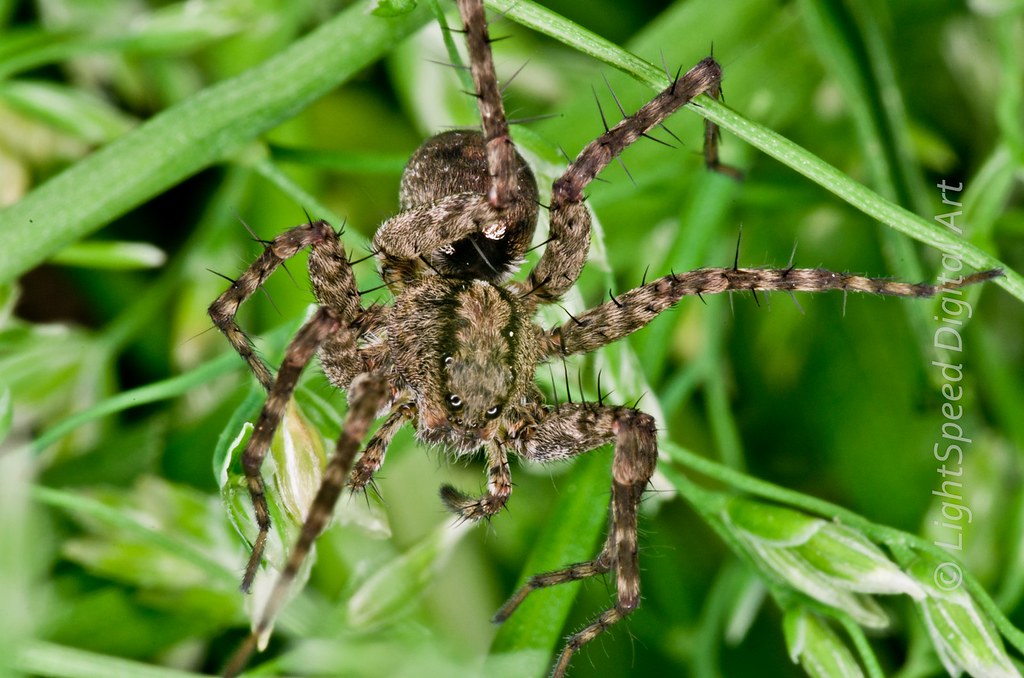RxForB3
No longer a newbie, moving up!
- Joined
- Feb 10, 2012
- Messages
- 654
- Reaction score
- 76
- Location
- Yakima, WA
- Can others edit my Photos
- Photos OK to edit
I'm very interested in macro photography, so I bought a set of Kenko extension tubes. I haven't played around with them a whole lot, but I'm really not having much luck. My problem is judging how far away to have the lens so that the subject can be focused upon. Sometimes it seems like I have to hold the lens practically touching the object, but other times it focuses from a foot away or so. I tried to photograph a slug I found on my door the other day, but even if I had him in focus momentarily (which required getting the lens much closer than I liked...just imagining cleaning slime off the lens), by the time I took the shot he'd already moved out of focus! I didn't realize slugs could move that fast 
Part of the problem, I'm sure, is that I've been practicing with several combinations of the tubes and lenses. Is there any way to determine ahead of time exactly how far away I should be based on the choice of tubes and the lens? Would a dedicated macro lens make things much easier? I'm heavily considering buying one of the canon 100mm macros and actually leaning towards the L version.
Here are a couple of the only "successes" I've had so far. And I use the term success very loosely. Any help?
1.

Meh by RxForB3, on Flickr
2.

Underexposed by RxForB3, on Flickr
3.

Meh 2 by RxForB3, on Flickr
Number 2 is obviously underexposed. Numbers 1 and 3, I think the flash looks unnatural (though admittedly I'm just using the flash on the camera itself...no speedlite). I believe these were taken using some combination of tubes along with the 55-250mm lens, though I don't recall exactly. I didn't have a tripod, which made things very difficult, but out of many shots, these were the only possibilities.
Part of the problem, I'm sure, is that I've been practicing with several combinations of the tubes and lenses. Is there any way to determine ahead of time exactly how far away I should be based on the choice of tubes and the lens? Would a dedicated macro lens make things much easier? I'm heavily considering buying one of the canon 100mm macros and actually leaning towards the L version.
Here are a couple of the only "successes" I've had so far. And I use the term success very loosely. Any help?
1.

Meh by RxForB3, on Flickr
2.

Underexposed by RxForB3, on Flickr
3.

Meh 2 by RxForB3, on Flickr
Number 2 is obviously underexposed. Numbers 1 and 3, I think the flash looks unnatural (though admittedly I'm just using the flash on the camera itself...no speedlite). I believe these were taken using some combination of tubes along with the 55-250mm lens, though I don't recall exactly. I didn't have a tripod, which made things very difficult, but out of many shots, these were the only possibilities.


![[No title]](/data/xfmg/thumbnail/31/31088-b509581dfd5e8b6b36c83266751654fc.jpg?1734159214)
![[No title]](/data/xfmg/thumbnail/34/34114-dd12be026979ccd4182c5f478bd91448.jpg?1734164566)

![[No title]](/data/xfmg/thumbnail/33/33029-f4556b4c89cecbad12ebe6b782a51ef5.jpg?1734163040)
![[No title]](/data/xfmg/thumbnail/33/33028-42917987307dfd2eb37ddccec6dcb655.jpg?1734163036)




![[No title]](/data/xfmg/thumbnail/31/31086-ae0d6678ca78859132ce5375d5300961.jpg?1734159204)
![[No title]](/data/xfmg/thumbnail/36/36660-bd2cdec38aac6e50675fa36657307cba.jpg?1734169171)
